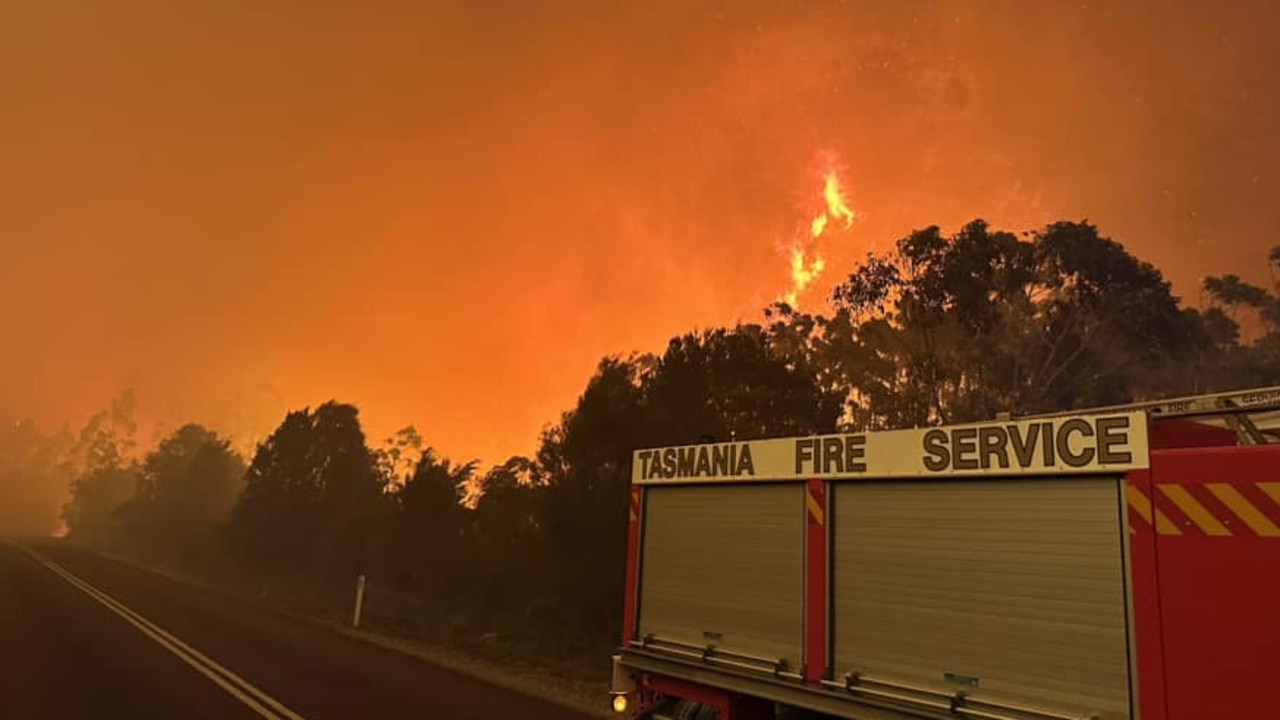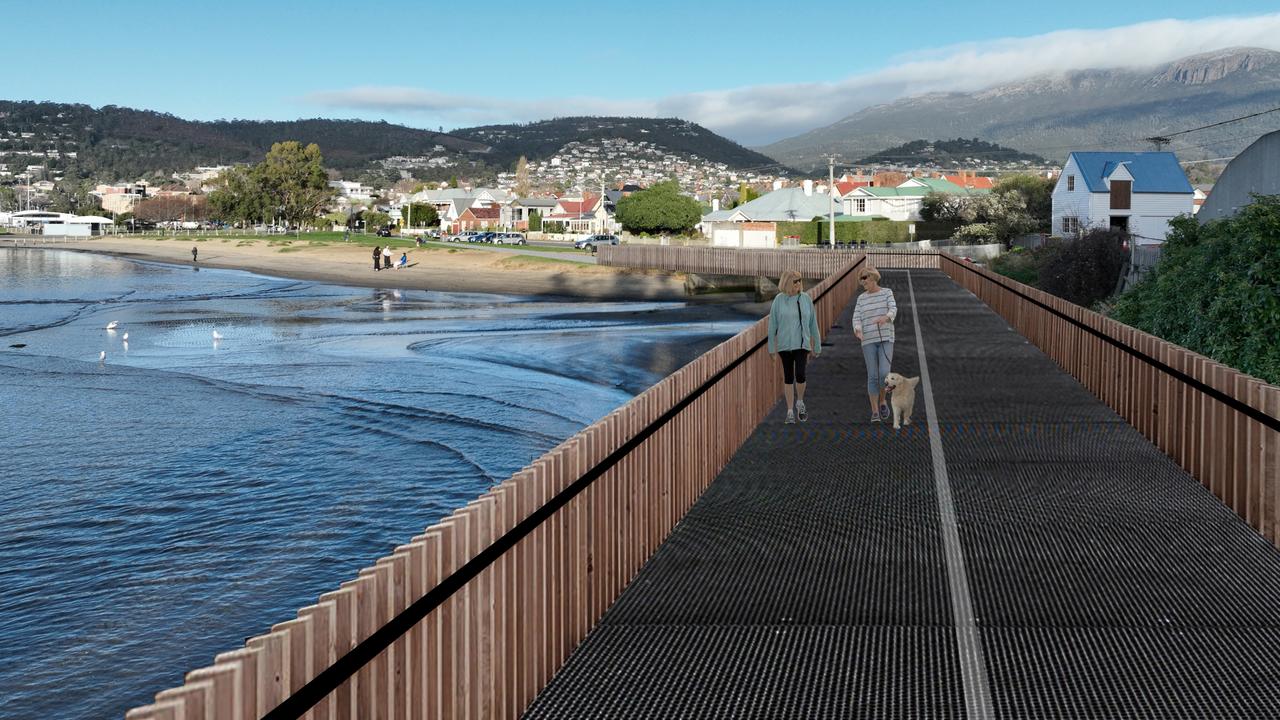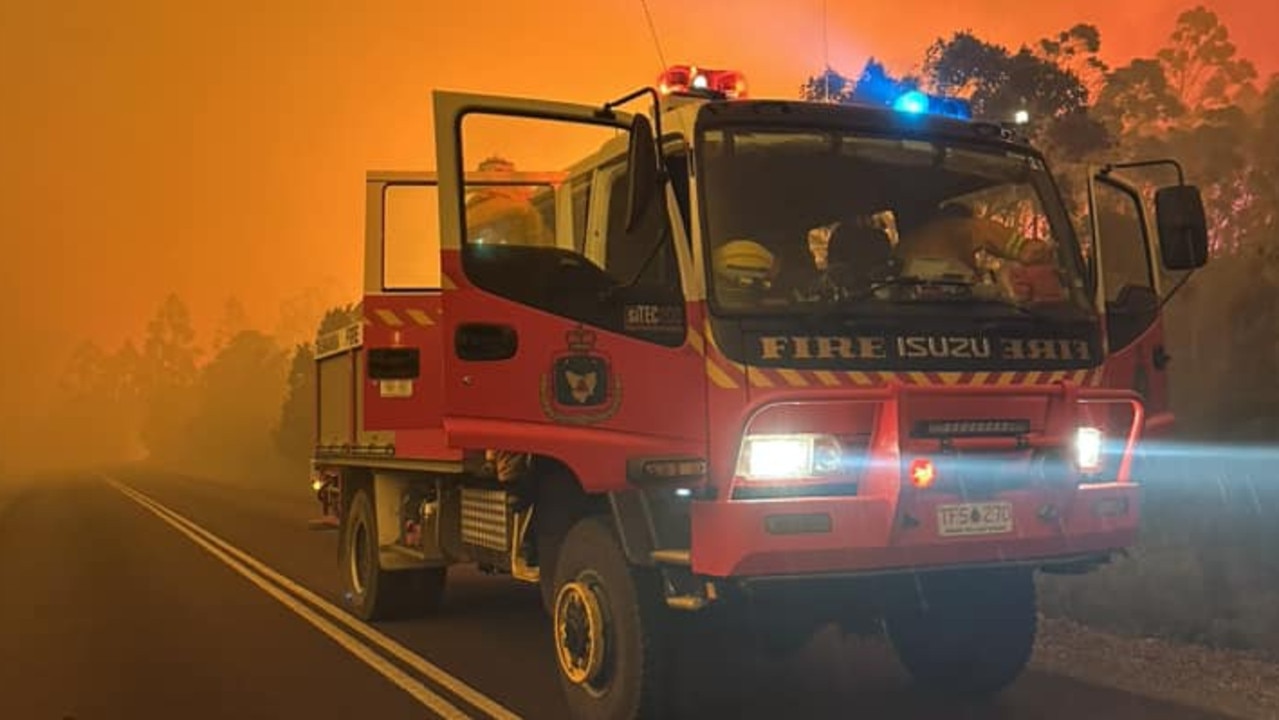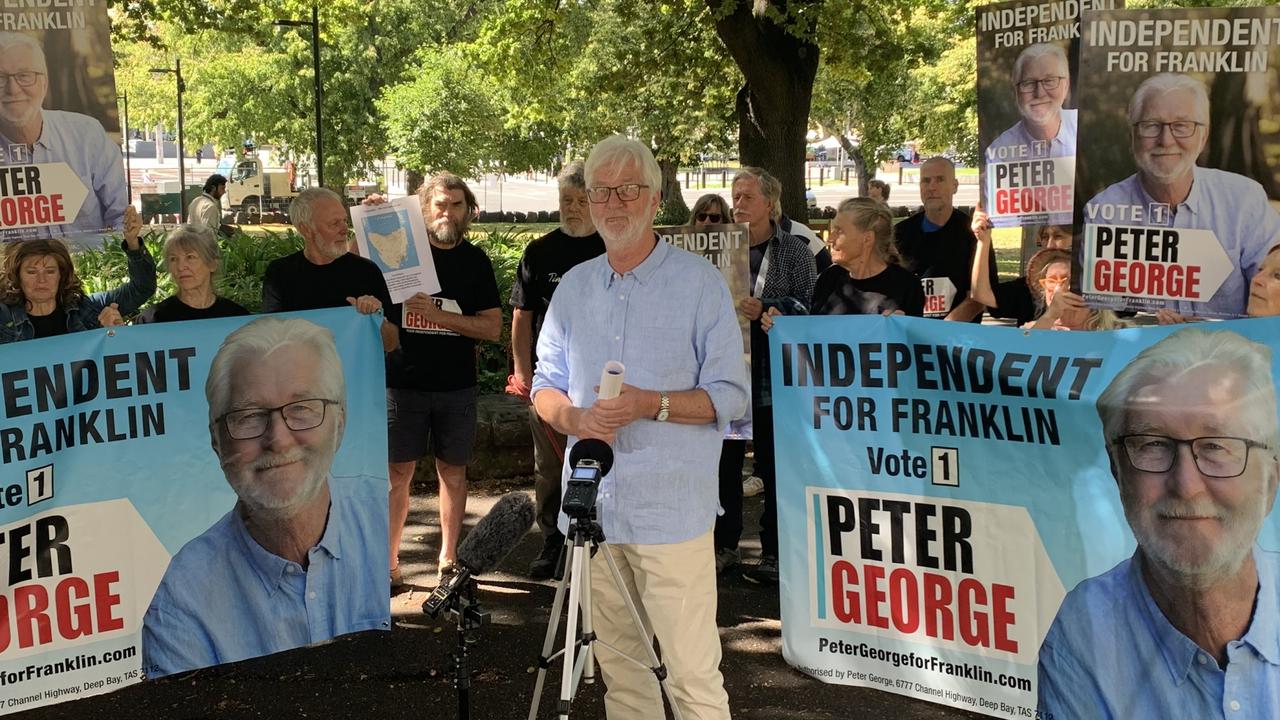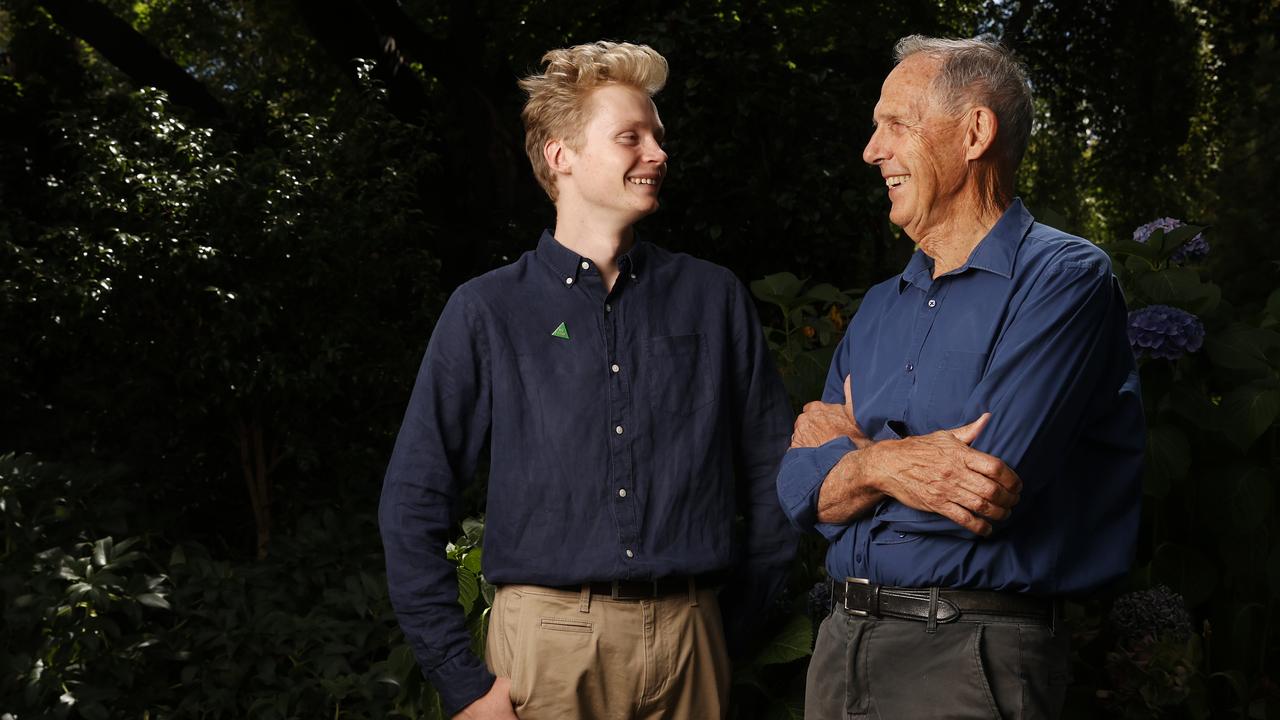Incat jobs: 200 new workers needed as conference offers chance to show off 130m battery-electric groundbreaker
Incat, currently handling its most complex build yet – a world-first battery-electric ferry – expects a business boon from the upcoming Interferry conference, which will draw 400 industry heavies to Hobart. Details >
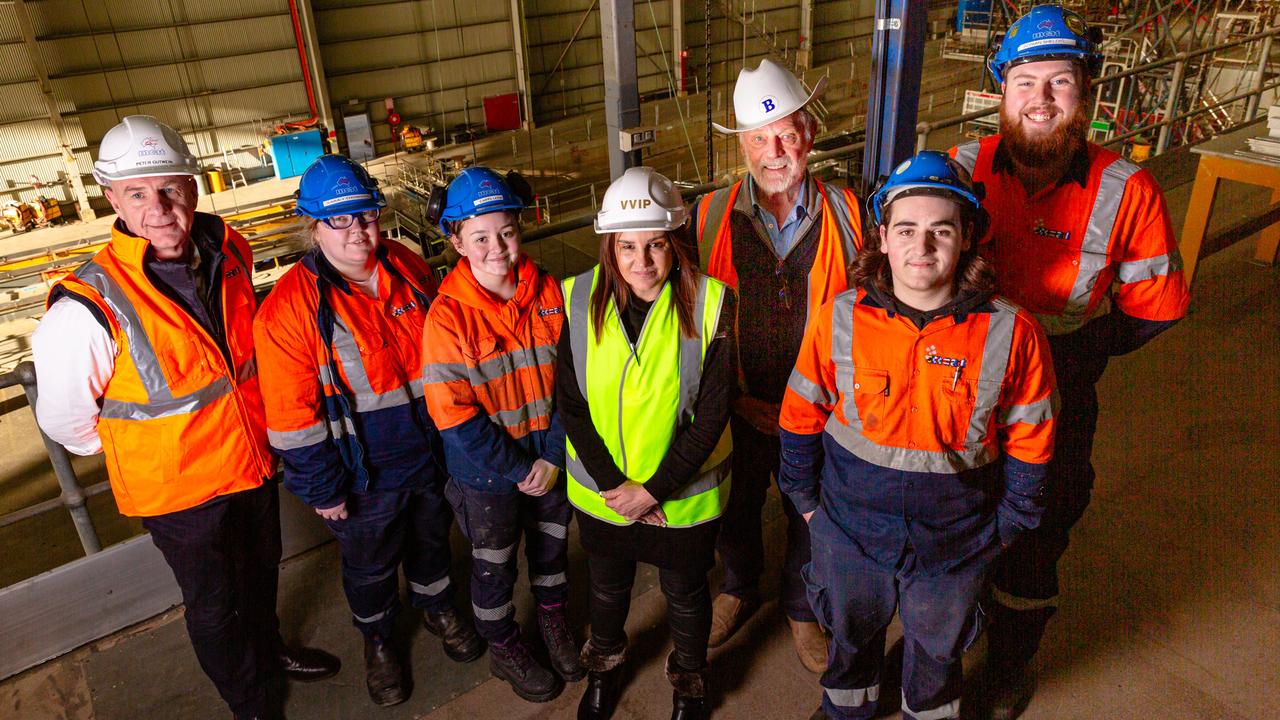
Tasmania
Don't miss out on the headlines from Tasmania. Followed categories will be added to My News.
Hobart ferry builder Incat has announced it plans to hire an additional 200 employees as the company enters “growth mode” in advance of November’s Interferry conference, which will see hundreds of industry heavyweights descend on the city.
Apprentices are expected to play a key role in the expansion, with 15 new apprentices commencing on July 26 and an additional 15 set to be taken on in January 2024, Incat founder and chairman Robert Clifford said.
Once the January batch come aboard, the company will have about 70 apprentices on the books, in trades as diverse as mechanical, electrical, fabrication and welding.
That is in addition to 25 apprentices who have just completed their qualifications, becoming fully fledged members of a workforce that currently stands at about 430 employees.
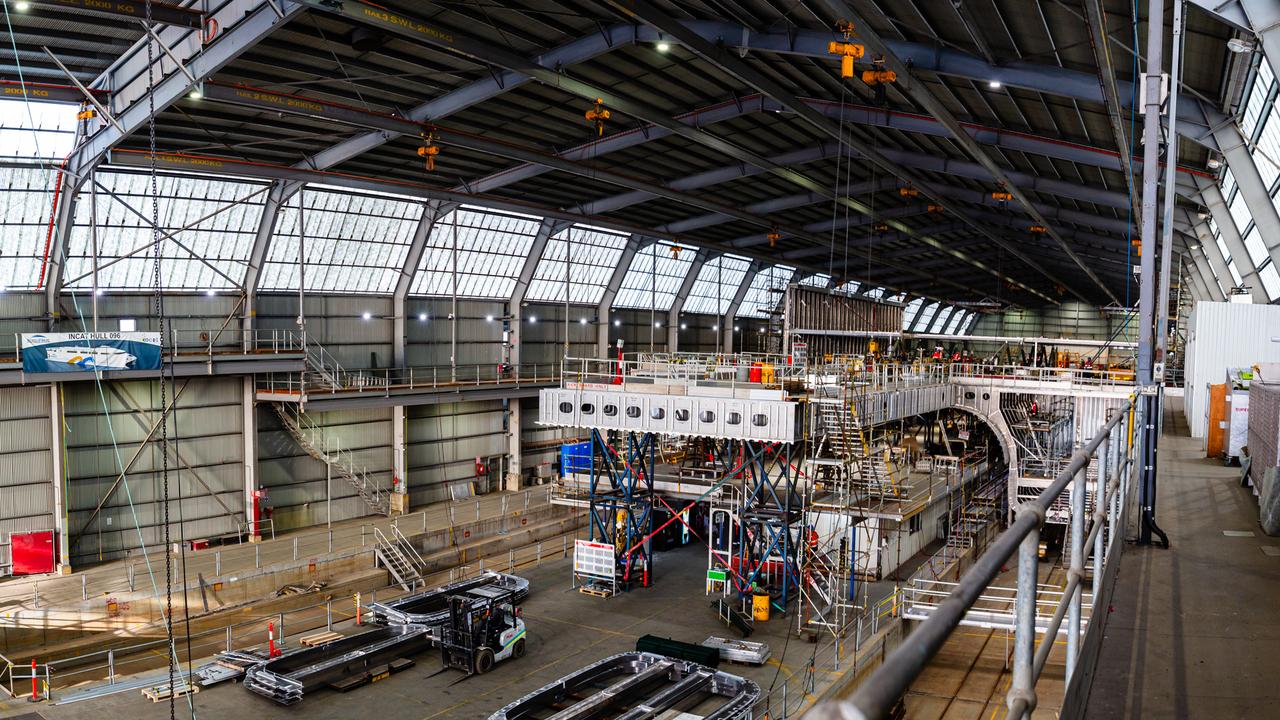
“The company is in growth mode. We have exciting plans ahead and there has never been a better time for young men and women who want to help us build the most environmentally friendly ships in the world gain a job and the skills they need in this fast paced environment,” Mr Clifford said.
It’s not just the next generation of tradies Incat is looking to welcome into the fold.
“We are already increasing our workforce and have just finalised plans for the recruitment of
at least another 200 employees over the next 12 months with the expectation that our
workforce will more than double in coming years,” he said.
Mr Clifford said he expected Incat’s opportunity to crystallise later this year in November, when Hobart hosts the 47th Interferry conference, set to feature 400 industry heavyweights from across the world.
Delegates will have the chance to see up-close Incat’s groundbreaking aluminium-hulled battery-electric ferry, due for completion in 2025 on behalf of South American client Buquebús.
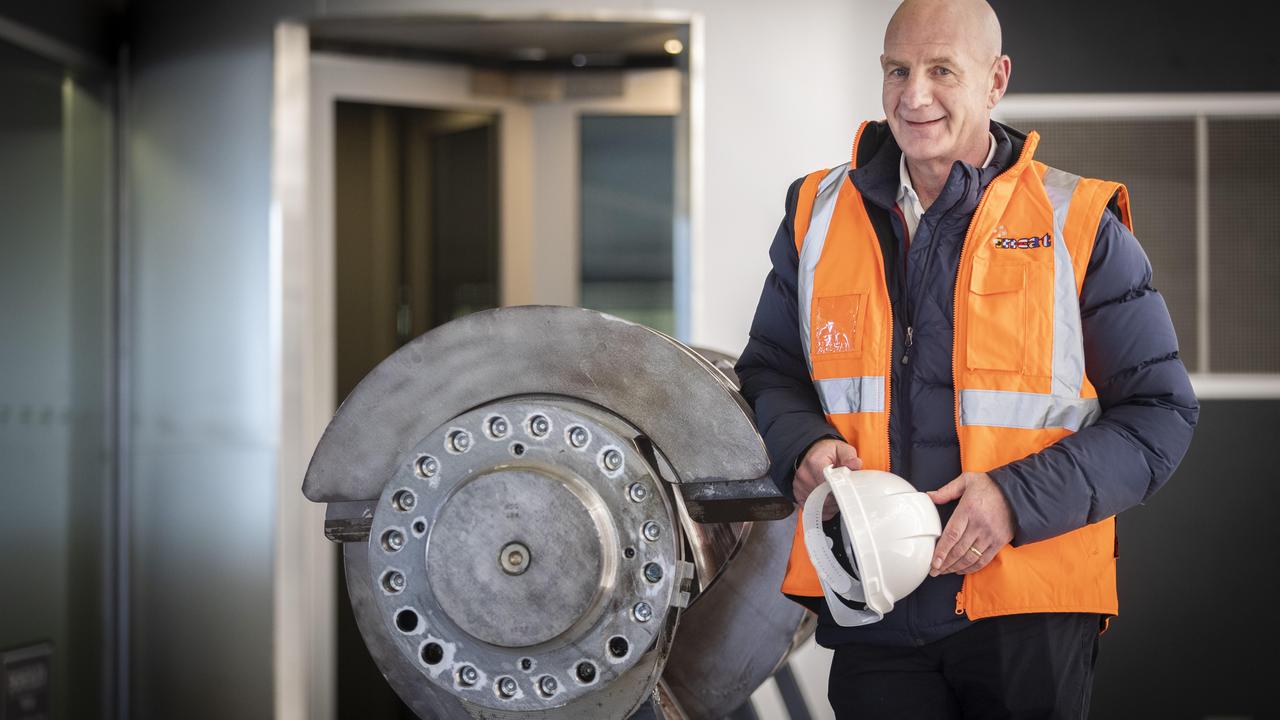
Once complete, it would be the world’s largest operation battery-electric, lightweight ferry, able to hold 2100 passengers more than 200 vehicles as it plies the River Plate between Argentina and Uruguay.
“The opportunity ahead of us is unbelievable. Electric ships are going to take over our section of the market,” Mr Clifford said.
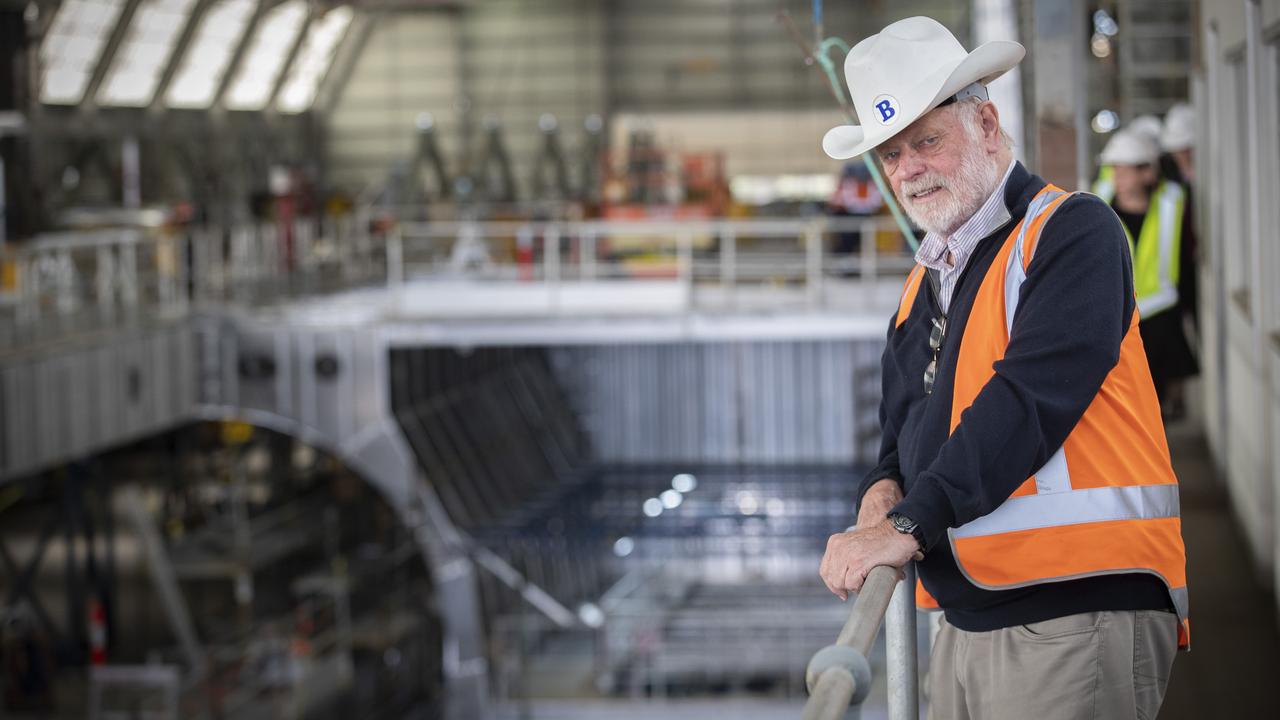
Incat strategic adviser Peter Gutwein, Tasmania’s 46th premier, said that there was “massive” global interest in the company’s unique offering.
“Robert has spent lots of time overseas dealing with various ferry owners interested in moving from steel [hulled] to aluminium,” Mr Gutwein said.
Incat is in negotiations with a customer in Malta and another plying the English Channel for battery-electric ferries along the lines of the one under construction.
Blackmans Bay apprentice Carys Lavia, 17, halfway through a Cert III in Engineering with Incat, said that she had steadily upskilled throughout her time with the shipbuilder.
After starting with six months in the “training bay,” learning “basic welding, hand and power tools,” she moved on to learning boat fit-outs.
Ms Lavia is now completing her fabrication component.
“I knew I wanted to do something hands-on because I can’t sit still. I was just browsing one day and saw the Incat apprenticeship and thought, just go for it,” she said.
Tasmanian Senator Jacqui Lambie predicted that hydrogen-powered ferries would enter the conversation in coming years, and that Incat was well-placed to capitalise on that new technology also.
“They’re world leaders,” she said.
Ms Lambie said that the Interferry conference, which will run from November 4–8, was an unmissable opportunity for Incat and the rest of the state.
“Tasmania has the opportunity to lead from the front foot,” she said.
More Coverage
Originally published as Incat jobs: 200 new workers needed as conference offers chance to show off 130m battery-electric groundbreaker




